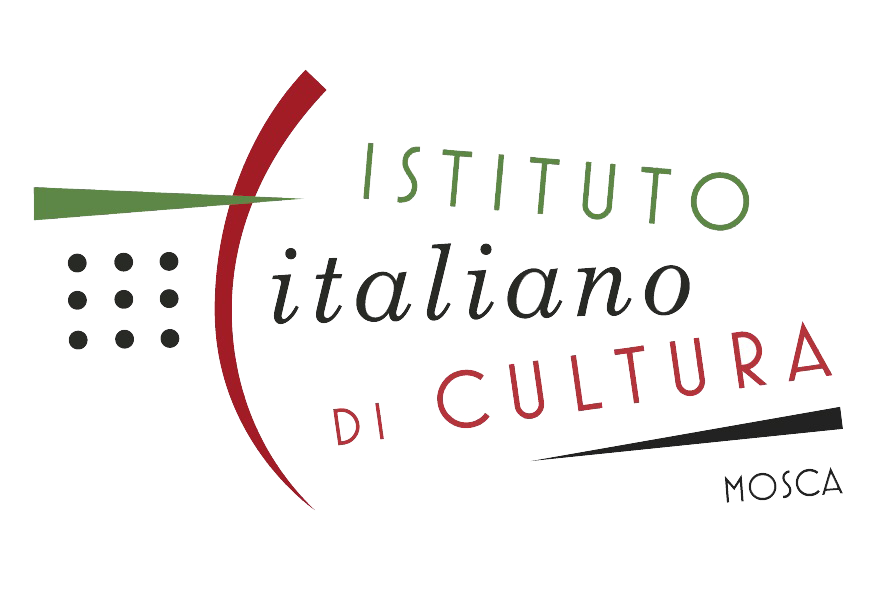From Neorealism to Aquileia
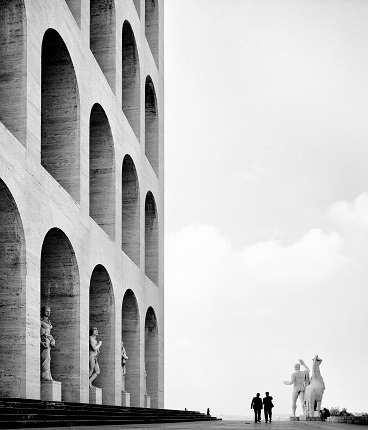
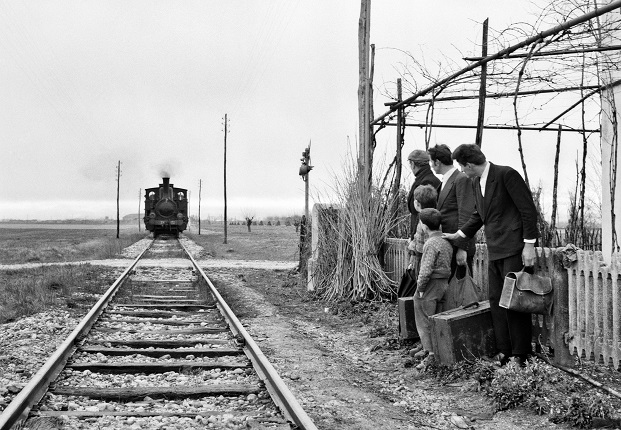
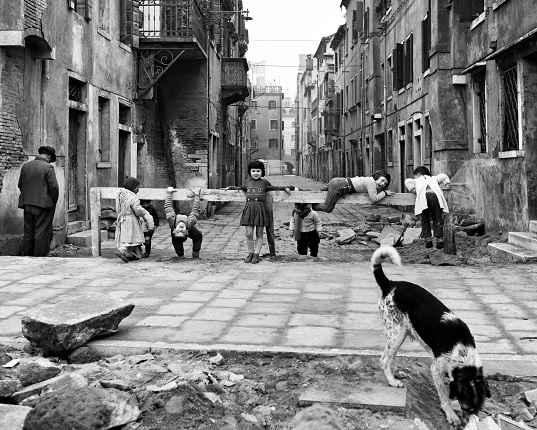
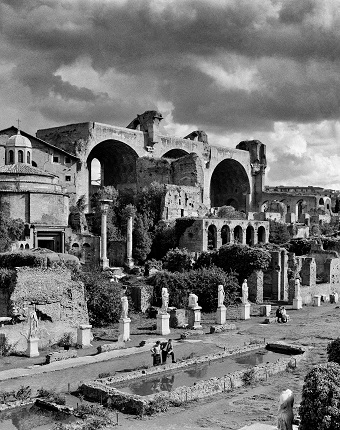
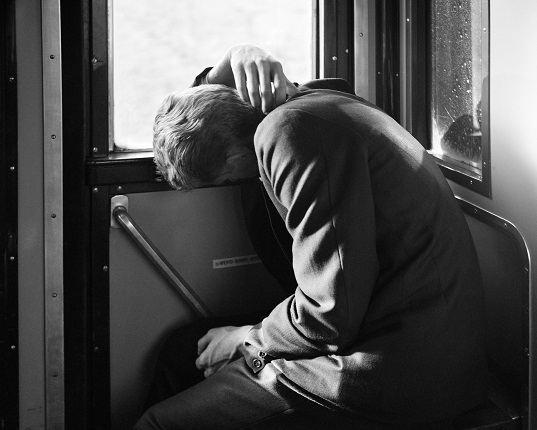
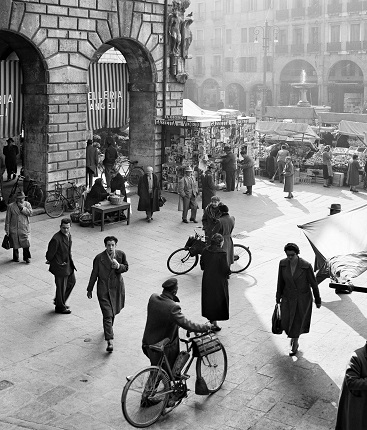
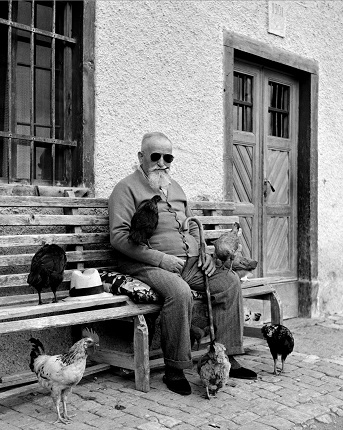
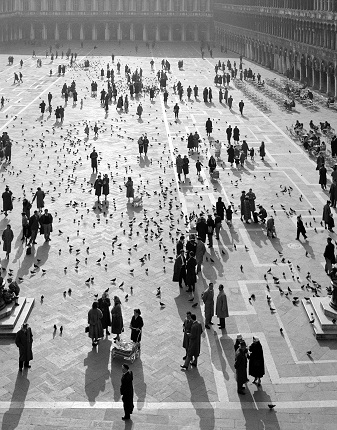
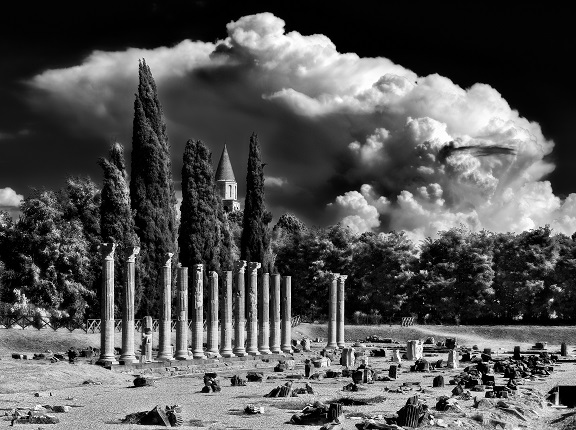
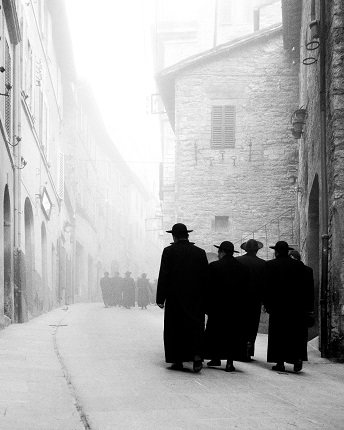
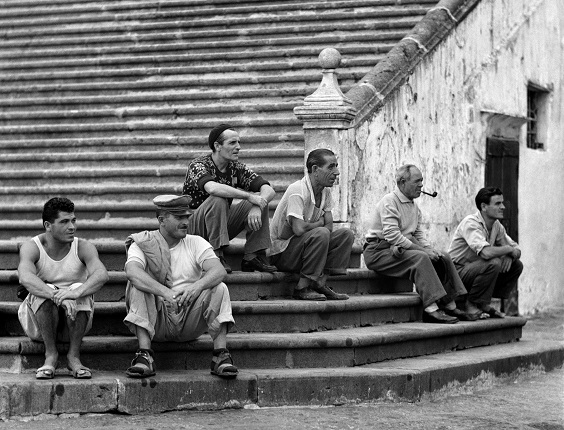
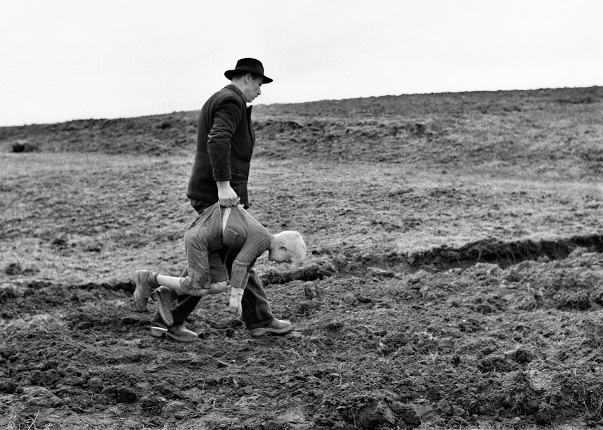
Elio Ciol EUR district Rome, 1955 © Elio Ciol
Elio Ciol Photo from the set of the movie ‘Gli ultimi’. Emigrants’ departure for the mines in Belgium Friuli, 1962 © Elio Ciol
Elio Ciol. Playing in Chioggia, 1961. © Elio Ciol
Elio Ciol. Imperial Forum. Rome, 1955. © Elio Ciol
Elio Ciol. Tiredness. Between Florence and Bologna, 1958. © Elio Ciol
Elio Ciol. Going to the square. Padua, 1954. © Elio Ciol
Elio Ciol. Quiet company. Zoppè di Cadore, 1954. © Elio Ciol
Elio Ciol. Piazza San Marco. Venice, 1955. © Elio Ciol
Elio Ciol. The Forum. Aquileia, August 8, 2006. Courtesy of Foundation Aquileia. © Elio Ciol
Elio Ciol. Via Portica. Assisi, 1958. © Elio Ciol
Elio Ciol. On the Duomo steps. Amalfi, 1957. © Elio Ciol
Elio Ciol. Photo from the set of the movie ‘Gli ultimi’. Checo is being punished by his father. Friuli, 1962. © Elio Ciol
Share with friends
Exhibition shedule
-
28.06.2019—25.07.2019
Moscow
Multimedia Art Museum
-
19.03.2021—25.04.2021
Yekaterinburg
Yeltsin–Center
For the press
Elio Ciol
From Neorealism to Aquileia
Exhibition organized jointly with the Italian Institute of Culture in Moscow
With the support of: Fondazione Aquileia
Strategic partner of the museum: Tele2
As part of the XI Moscow International Biennale ‘Fashion and Style in Photography-2019’ the Multimedia Art Museum, Moscow presents a retrospective exhibition by iconic Italian photographer Elio Ciol, representing the period from the 1950s to 1990s.
Elio Ciol was born in 1929 in Casarsa della Delizia in the Friuli region of North East Italy, where he still lives and works. He became interested in photography as a child, when troops stationed in Casarsa during the war brought films to his photographer father for developing and printing. Ciol left school at the age of 15 and since then he has been self-educated, teaching himself photography, a pursuit to which he remains dedicated to this day.
In 1949 Elio Ciol won first prize at a photo competition in Udine. From 1955 to 1960 he was an active member of the La Gondola photography club in Venice, at the same time receiving several awards from the New York Popular Photography International Picture Contest. Ciol’s first photo album with shots of Assisi was published in 1969. Subsequently the book was translated into five different languages.
The beginning of Elio Ciol’s creative career coincided with the heyday of Italian Neorealism. It arose from dissatisfaction with the aesthetics of salon photography in the 1920s to 1930s, which in the postwar years was associated with fascism. The main task of Neorealist artists was to bring their work as close as possible to reality. Film directors turned away from studio décor and professional actors; photographers spurned retouching and mise-en-scène.
Like the films of Vittorio De Sica, Luchino Visconti and Roberto Rossellini, which showed the unvarnished life of the impoverished population in postwar Italy, Elio Ciol’s early works created from the 1950s to 1960s represent a series of portraits and genre sketches by which he manages to convey as much as possible about the everyday life and concerns of the ‘little man’.
A special place in the exhibition is set aside for a cycle of photographs Elio Ciol took during the filming of ‘Gli Ultimi’, (‘The Last Ones’, 1963), which depicts the life of peasants in his native region of Friuli during the 1930s. This elegiac canvas, conceived by poet and priest David Maria Turoldo with the director Vito Pandolfi as a hymn to humanity and dignity, was the first instance of professional cinema in Friuli. The film received rave reviews from Pasolini, who noted its ‘absolute aesthetic rigour’, Ungaretti, who emphasized the ‘sincerity and high poetry’, and Zavattini, who admired the ‘poor veracity of the image’, but the film was not a commercial success. The author was obliged to confront prejudice: the poverty shown in the film caused discomfort to an audience who thought they had already overcome the problems of past years.
Elio Ciol’s images not only revive interest in the Italian Neorealist masterpiece undeservedly forgotten in the 1960s and carefully restored in 2002, they also help to unite the ancient and modern history of Friuli in one exhibition space.
Elio Ciol is a poet who celebrates the beauty of Italy. The graphic black and white landscapes captured from a high vantage point have been this photographer’s hallmark for many years. In 1997 Elio Ciol was awarded the World Press Photo Prize for his series of Friuli photographs. The exhibition features his famous images of Assisi, Venice, Rome, Amalfi, etc. Ciol exercises masterful use of light while possessing in-depth knowledge and skill in the mechanics and technique of photography. His photographs resemble handmade engravings or lithographs. Where necessary he manipulates the image with the use of photo lab techniques, but only for emphasis, to materialize the original concept.
A special place in the oeuvre of Elio Ciol is his attempt to create a photographic archive for works of Italian art. The MAMM exhibition presents a new series by the photographer from legendary Aquileia, the ancient fortress city built by the Romans at the turn of the new era, an archaeological area that has now become a UNESCO world heritage site. The exhibition includes photographs of the frescoes and mosaics of the Patriarchal Basilica of Aquileia, laconic black and white images of the Roman Forum, the river port and the bell tower of the basilica.
Elio Ciol’s photographs feature in the collections of the Metropolitan Museum of Art in New York, the Victoria and Albert Museum in London, the International Museum of Photography and Film in Rochester, the Art Institute of Chicago, the Princeton University Art Museum, etc. In the 70 years of his professional career there have been more than 140 solo exhibitions by Elio Ciol worldwide.
Co-organizers

